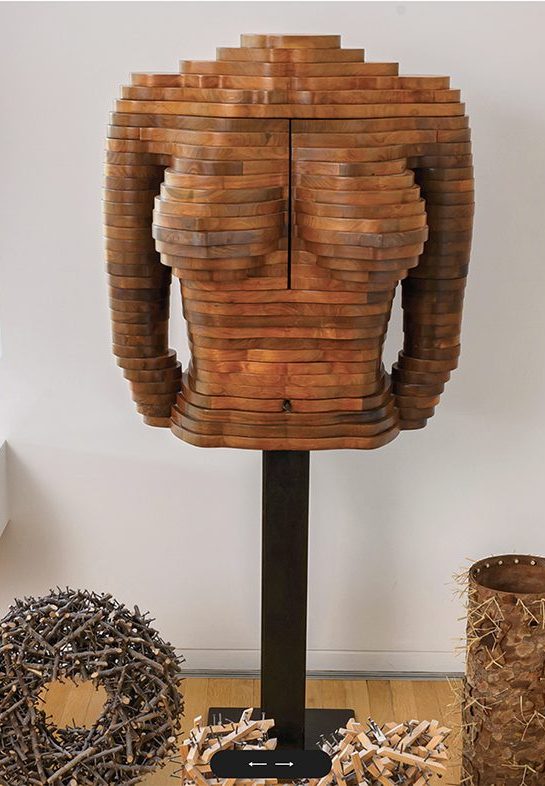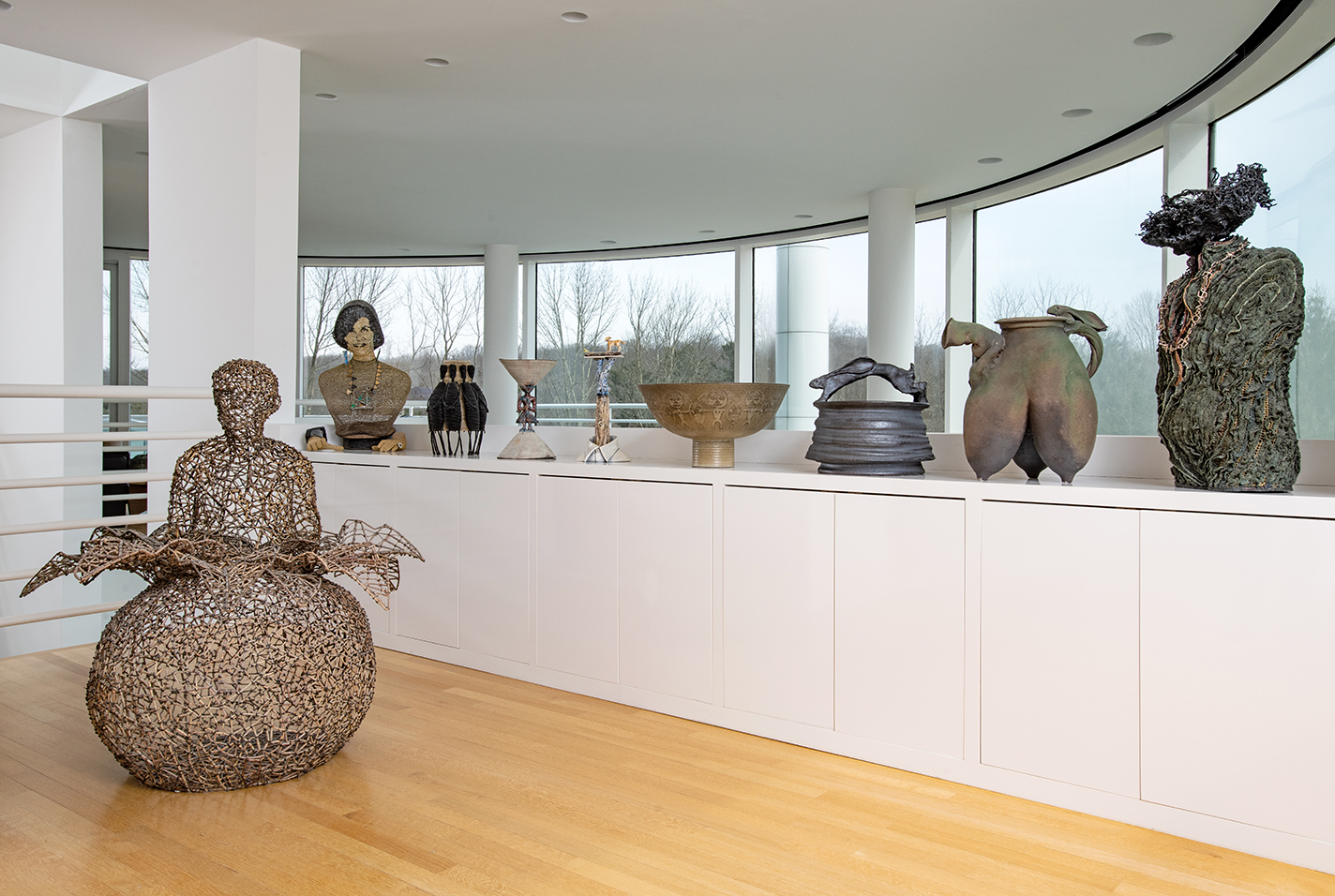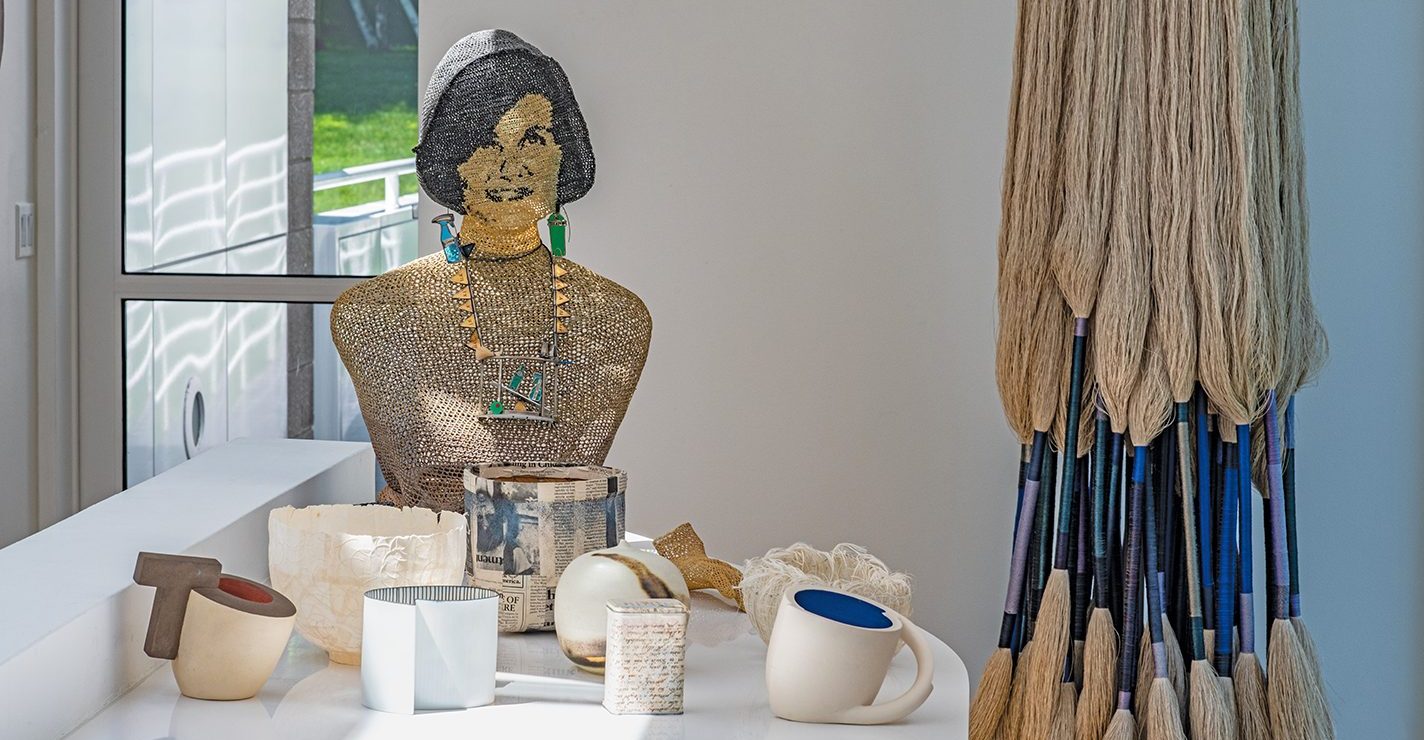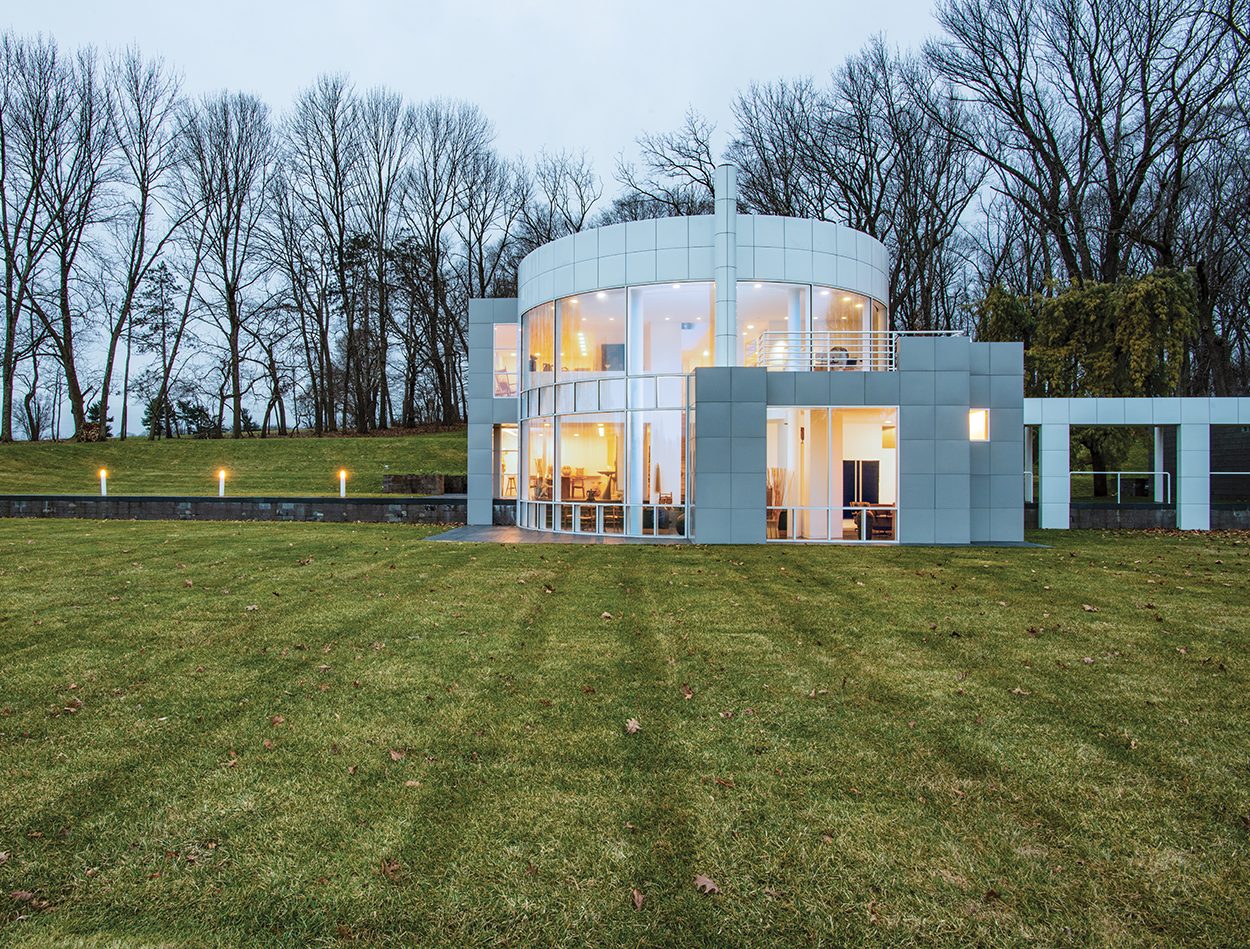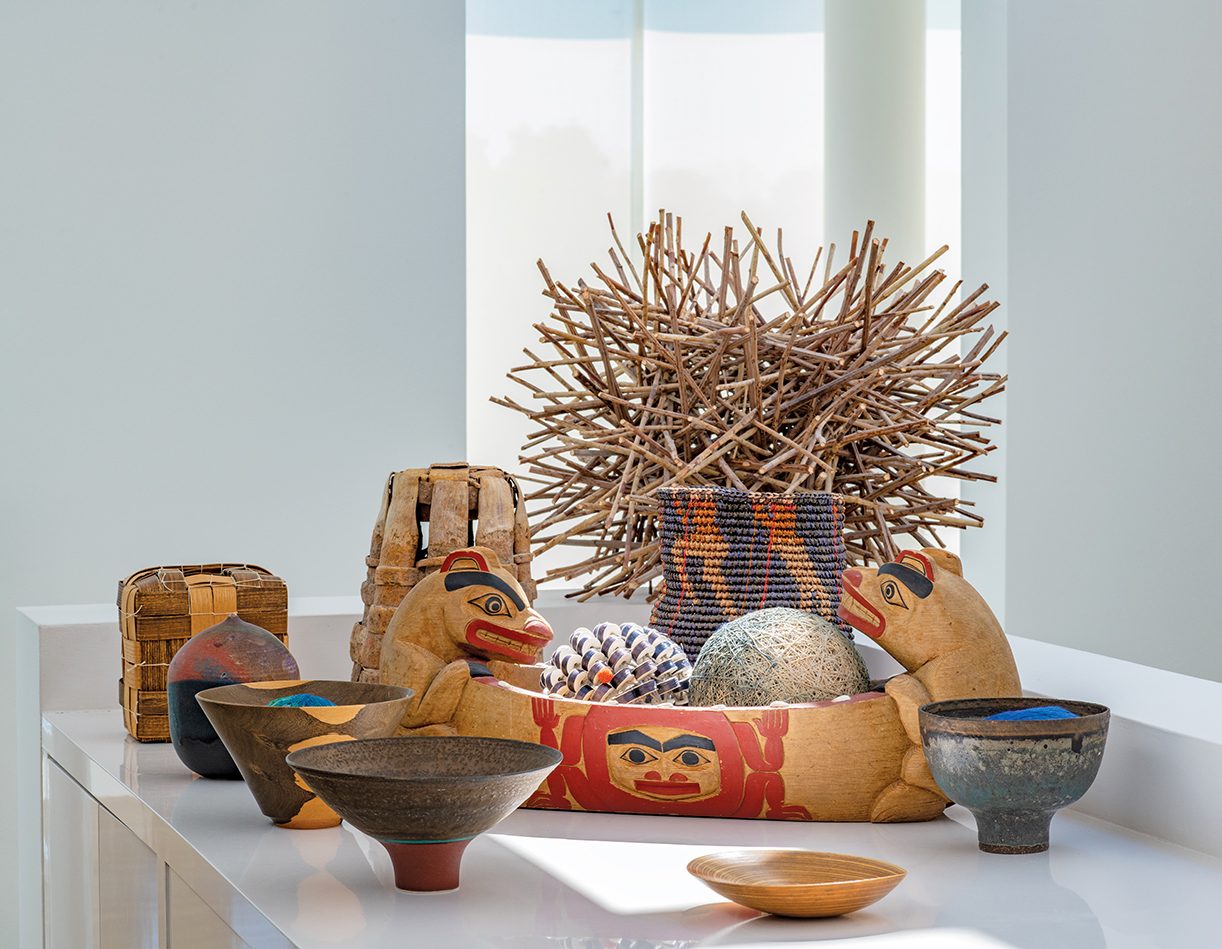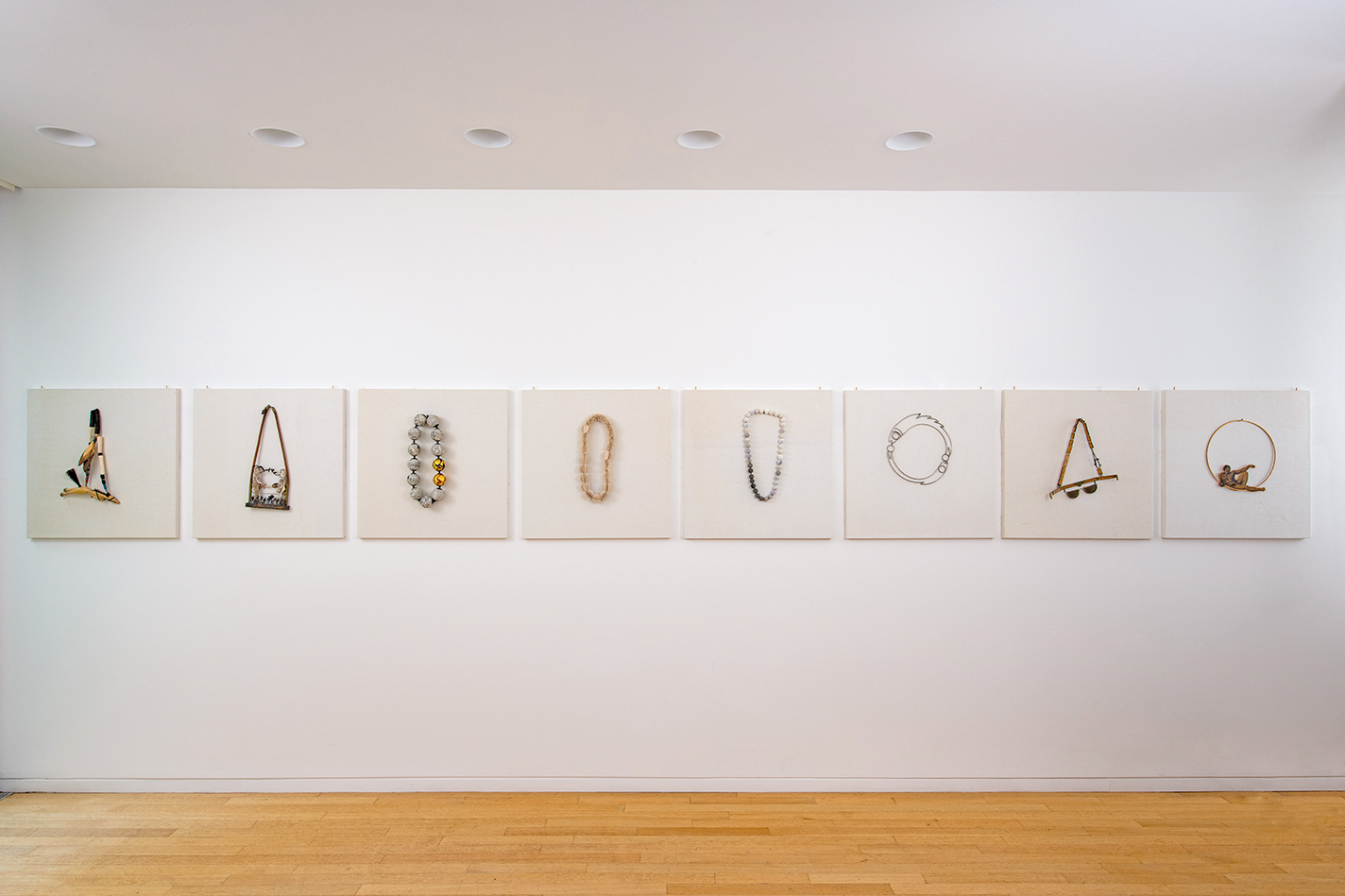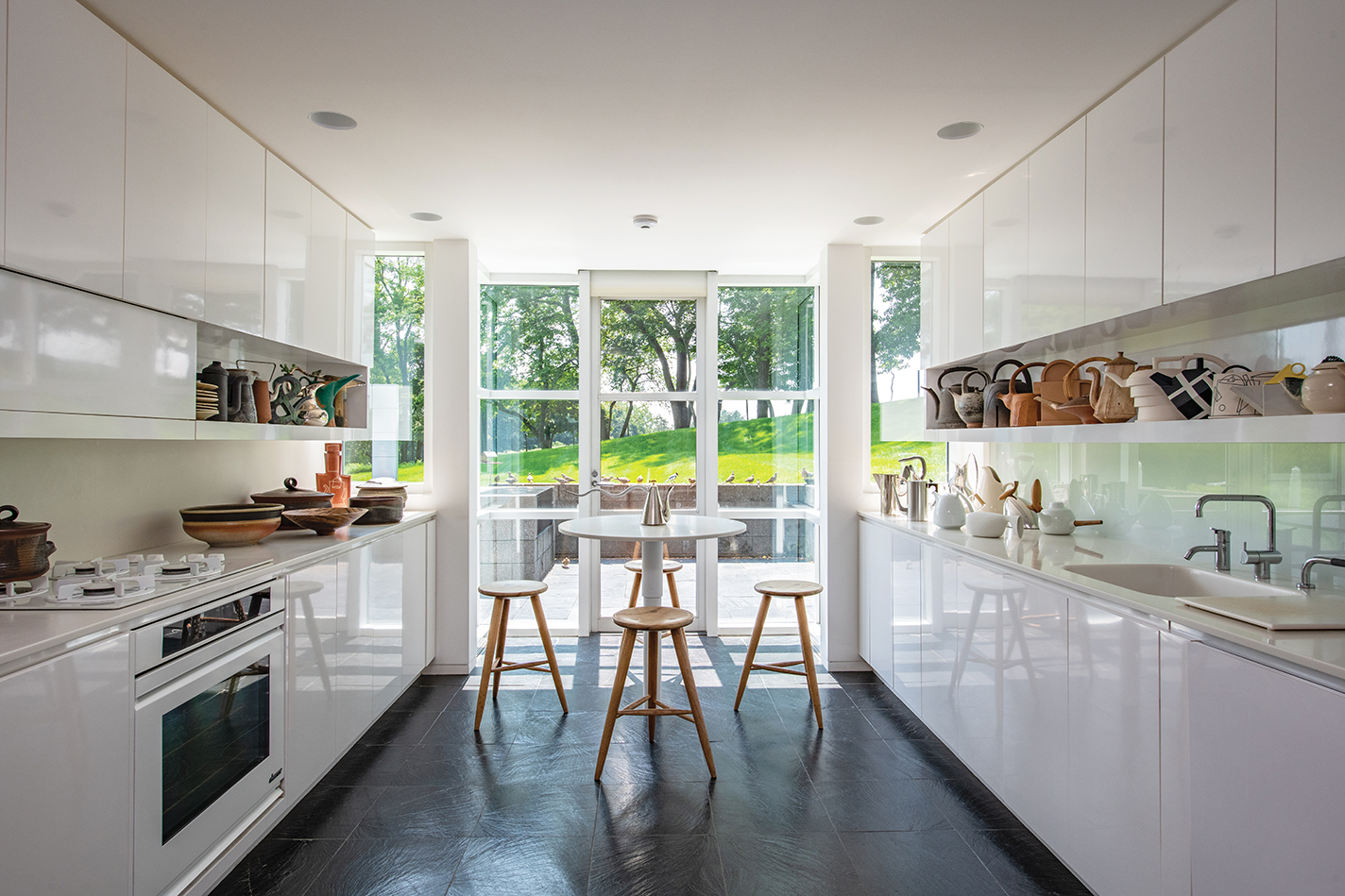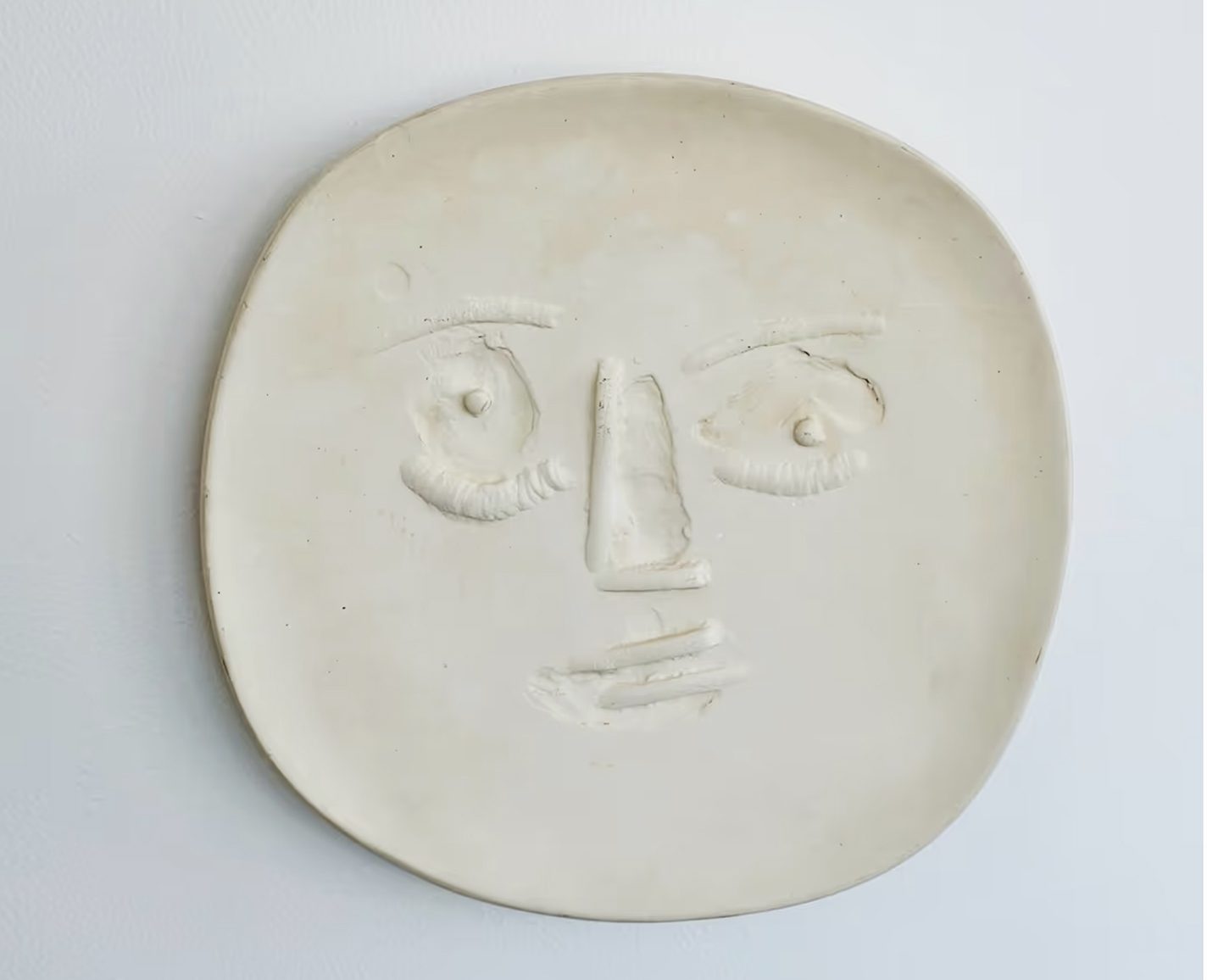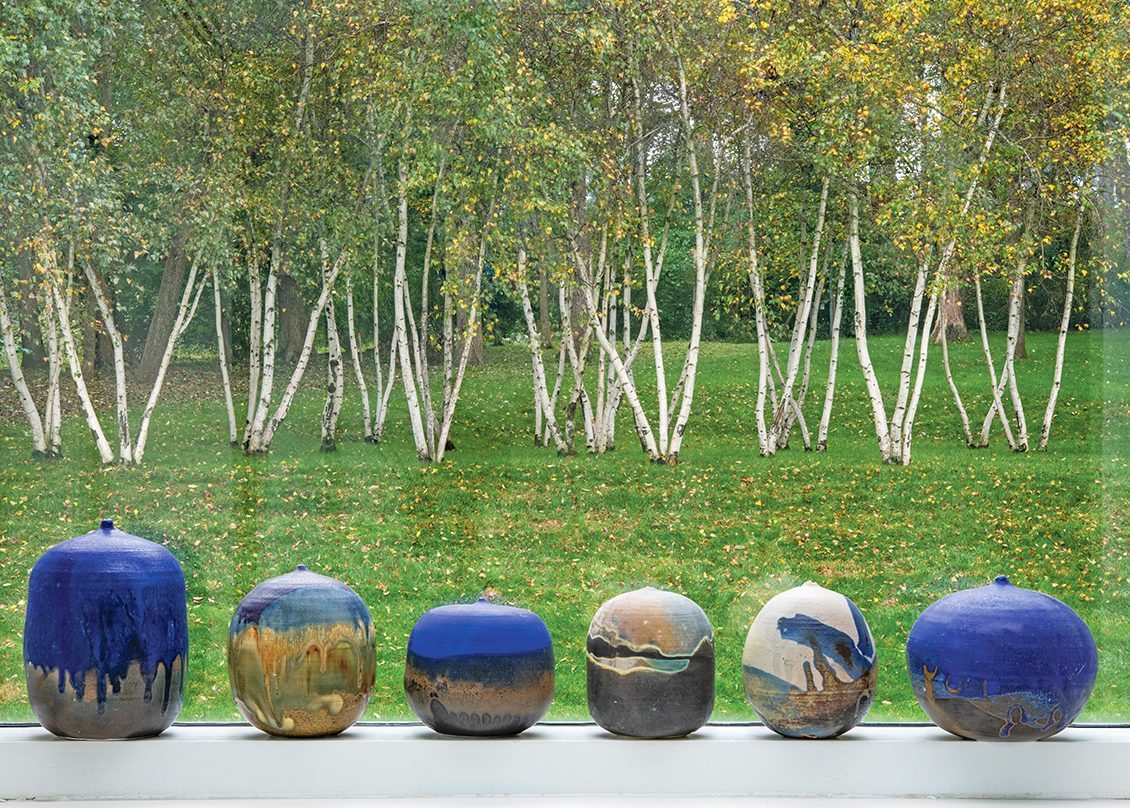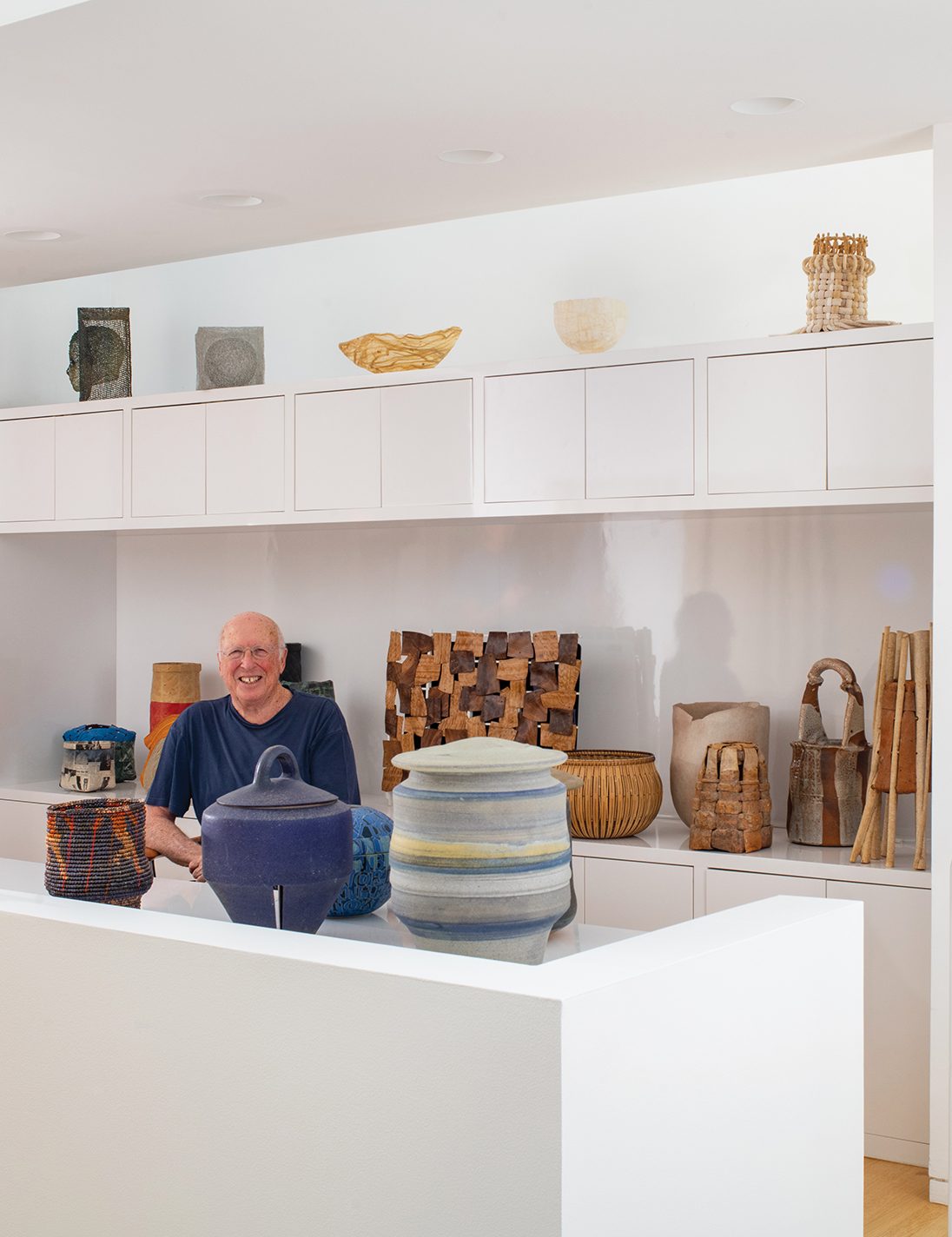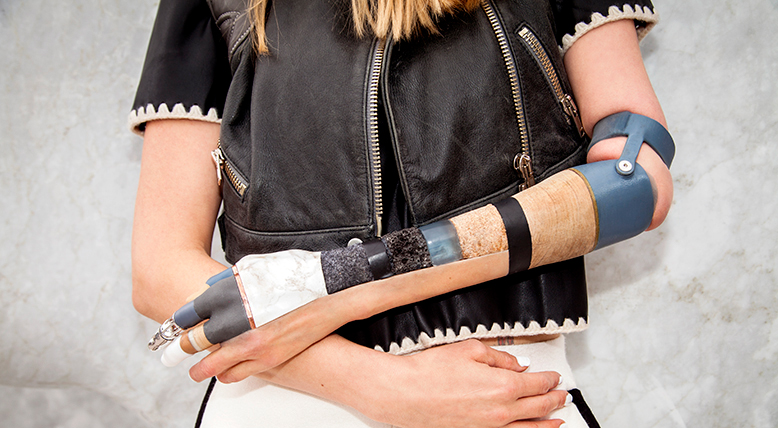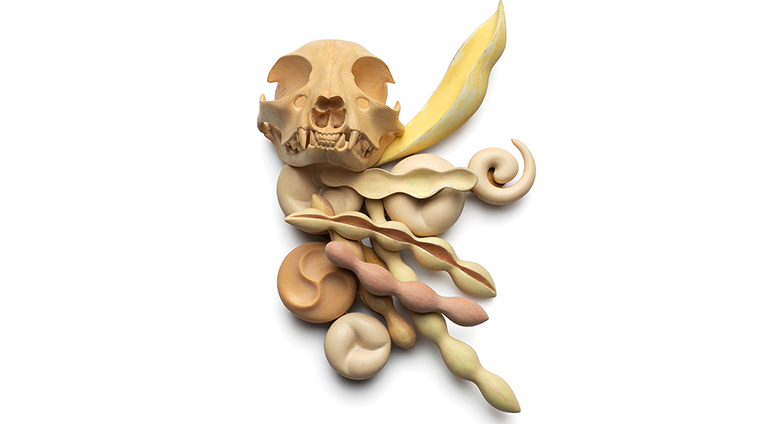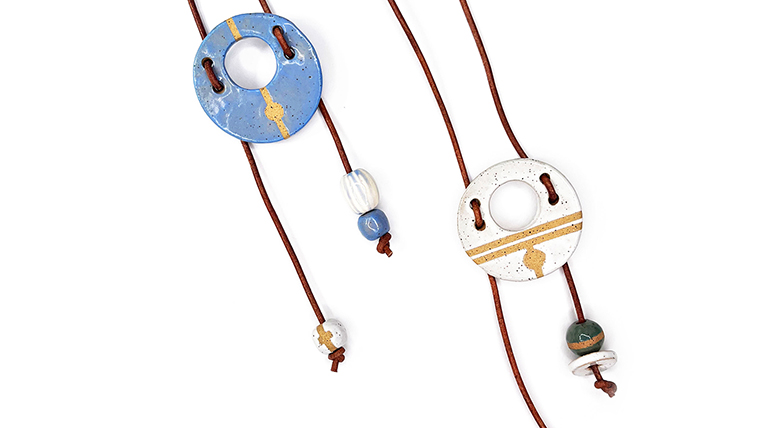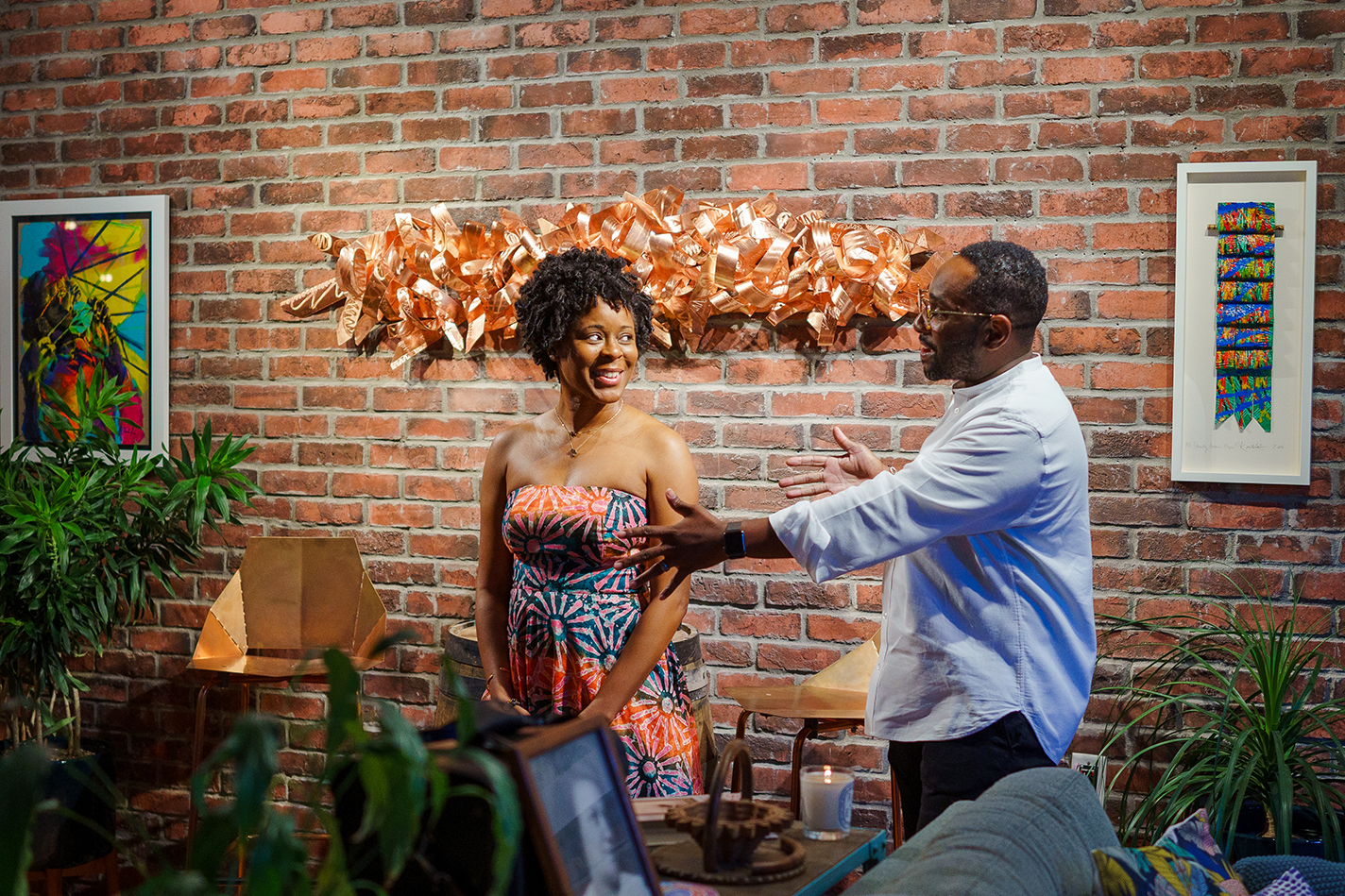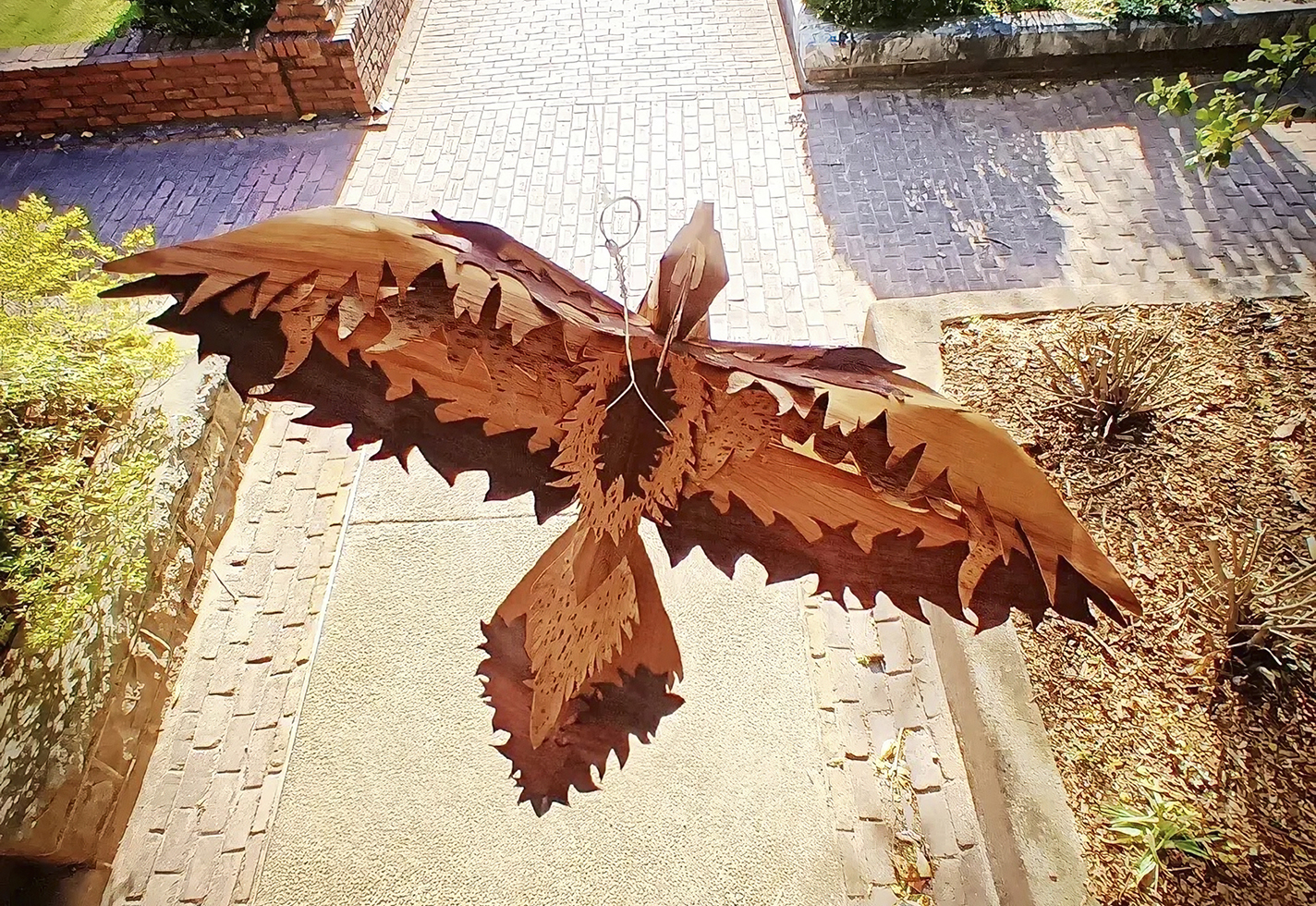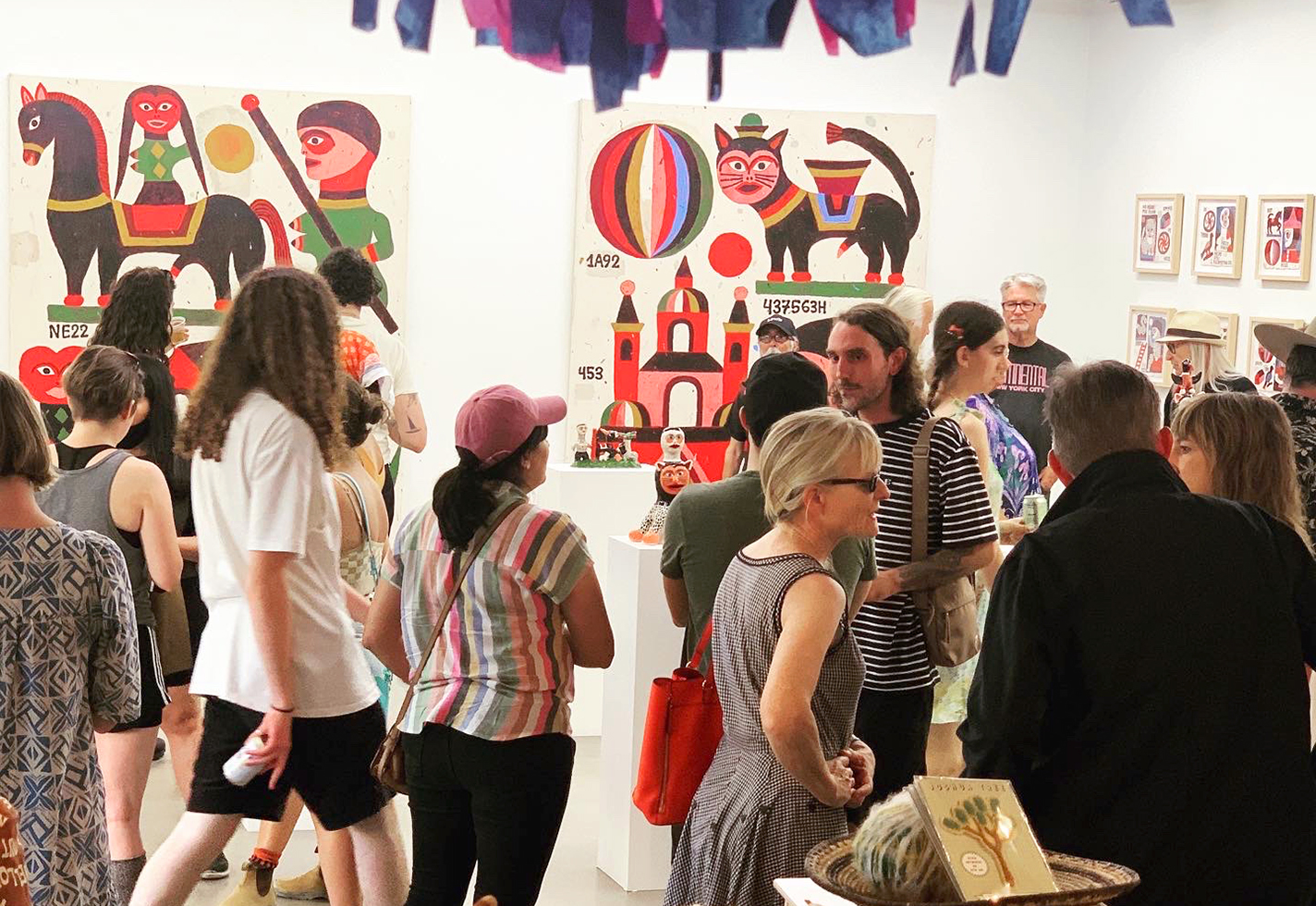Although Lou Grotta and his wife, Sandy, amassed close to a thousand pieces of postwar studio craft made by more than 200 artists in the course of their marriage, they never really cottoned to the word collector. “People collect sneakers—they collect stamps and comic books and, ya know, baseball cards,” says Grotta, 91, who speaks with the gravelly voice and polished timing of a Borscht Belt comedian with one eye on the punchline. “We considered ourselves to be orchestrators.” It wasn’t enough that an object be pleasing on its own, explains Grotta. He and Sandy—who passed away in 2021 at the age of 87—reveled in creating a visually harmonious composition throughout their home, so that no single element stuck out “like a sour note in music.”
The Grottas got hitched in 1955, two years after meeting at the University of Michigan. While Lou went on to head up a global electronics company, Sandy became an interior designer. In 1957, they wandered into a show called Furniture by Craftsmen at the Museum of Contemporary Crafts in New York (now the Museum of Arts and Design) and were bowled over by the woodwork of Joyce and Edgar Anderson—they even scored a few pieces in the gift shop to take home that day. “Of course, back then, you could buy a set of Peter Voulkos plates right off the wall,” Grotta reminisces.
At the time, the couple were cohabitating with the dark antique furniture selected by Lou’s mother’s decorator for their first New Jersey home. “Part of our instant attraction to the Andersons’ work was seeing the beautiful, natural grain of the wood—the material was the star of the show,” explains Grotta. Lou and Sandy would go on to acquire dozens of Anderson pieces, many imbued with humor: a towering grandfather clock carved in the shape of a giant wristwatch-wearing arm, a jewelry chest of drawers modeled on a woman’s busty torso, a high chair with surreal human arms.
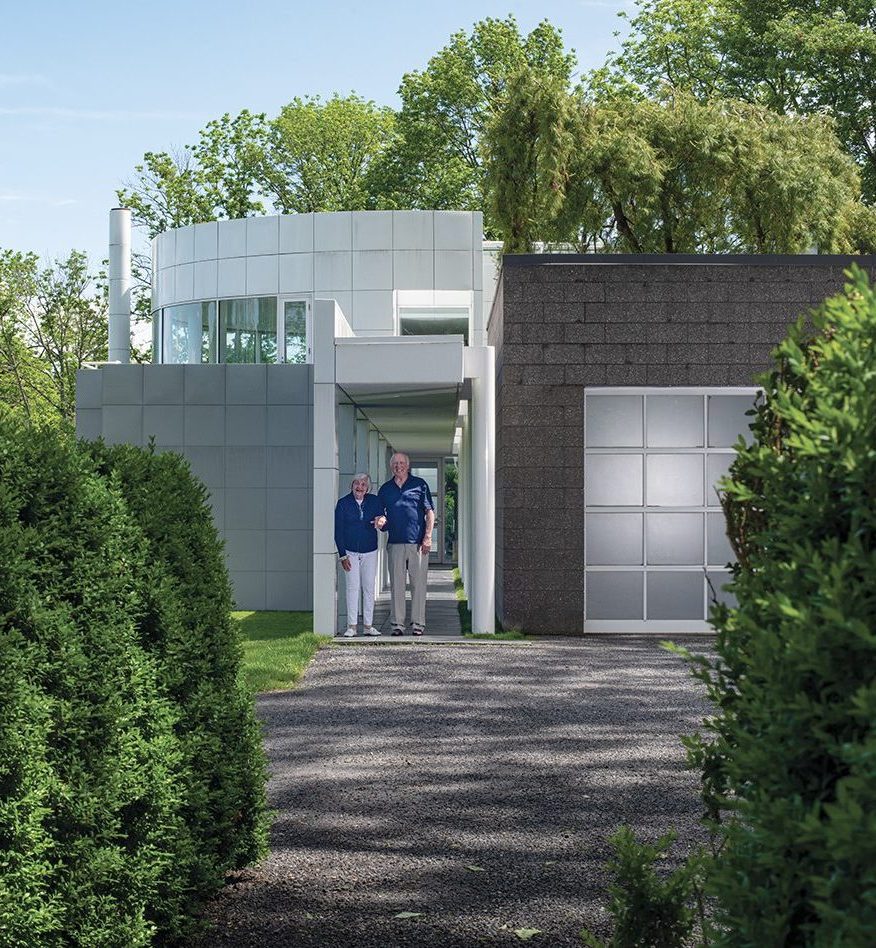
Sandy and Lou Grotta in 2019.

